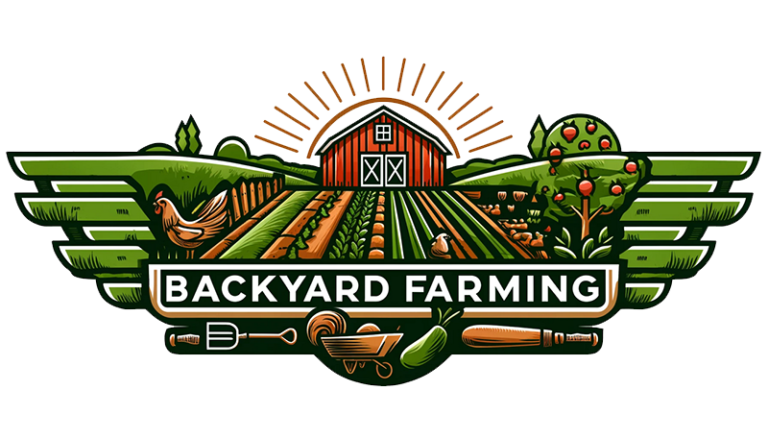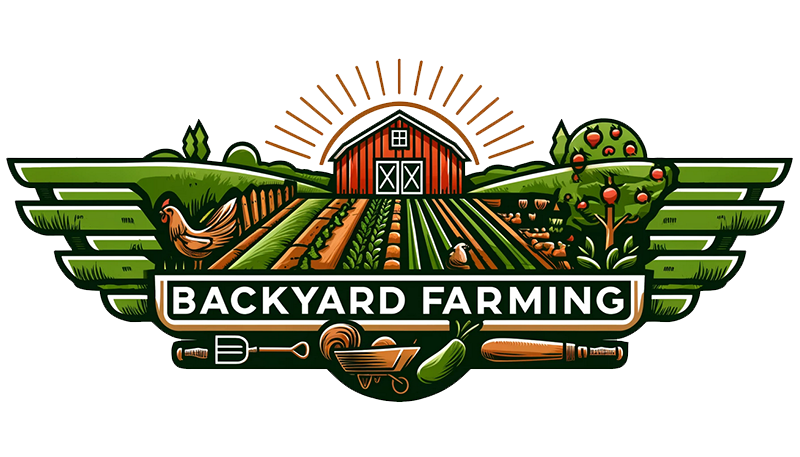Welcome to Backyard Farming Life, where we’re passionate about helping you turn your backyard into a food-producing farm. In this article, we’ll explore the essential tips for growing vegetables in your backyard. Whether you’re a seasoned gardener or just starting out, there’s something here for everyone. Let’s dig in and discover the joys of growing your own food!
Understanding Your Backyard
Understanding your backyard involves taking the time to observe and analyze the natural elements that exist within it. You can start by identifying the different types of soil, such as clay, sand, or loam, and understanding how these soil types impact the growth of plants. Additionally, observe the patterns of sunlight and shade throughout the day to determine the best areas for planting various vegetables. Pay attention to the existing flora and fauna, as they can provide valuable insight into the ecological balance of your backyard. By gaining a deeper understanding of your backyard’s ecosystem, you’ll be equipped to create a biodiverse and sustainable environment that supports thriving plant life.
Choosing the Right Vegetables
Sunlight and Shade Requirements
When it comes to choosing the right vegetables for your garden, it’s essential to consider their sunlight and shade requirements. Different vegetables have varying needs when it comes to sunlight exposure, and understanding these requirements is crucial for successful gardening. Here’s a detailed look at sunlight and shade requirements for popular vegetables:
- Full Sun: Vegetables that thrive in full sun require at least 6-8 hours of direct sunlight per day. Examples include tomatoes, peppers, cucumbers, and eggplants.
- Partial Sun/Partial Shade: Some vegetables can tolerate partial sun or partial shade conditions, meaning they need 4-6 hours of sunlight per day. Lettuce, spinach, kale, and radishes are examples of vegetables that fall into this category.
- Full Shade: There are also vegetables that prefer full shade or very limited sunlight. These are usually leafy greens like arugula, mustard greens, and certain herbs.
Prepping Your Soil for Success
Prepping the soil is a crucial step in ensuring the success of your vegetable garden. The condition of your soil directly affects the health and yield of your plants. Here’s how you can prepare your soil for a successful harvest:
Test Your Soil: Before planting, it’s important to test your soil’s pH and nutrient levels. This will help you determine what amendments are needed to optimize the soil for your chosen vegetables.
Amend the Soil: Depending on the results of your soil test, you may need to add organic matter, such as compost or aged manure, to improve the soil structure and fertility.
Till the Soil: Use a garden tiller or hand tools to gently mix in the amendments and break up any compacted areas. This will create a favorable environment for root growth.
Consider Mulching: Applying organic mulch, such as straw or wood chips, can help retain moisture, suppress weeds, and regulate soil temperature.
Watering and Fertilizing
Watering Techniques
When it comes to watering techniques for your garden, there are several important methods to consider. Understanding the water needs of plants is crucial for maintaining a healthy garden, and this starts with choosing the right watering technique. Different plants require different amounts of water, so it’s essential to familiarize yourself with the specific needs of each type of plant in your garden.
Overhead watering is a commonly used technique that involves spraying water over the plants from above. While this method is effective for some plants, it can lead to water loss through evaporation and may not be suitable for all plants. It’s important to assess the individual requirements of your plants to determine if overhead watering is the best option for them.
Another efficient and targeted watering technique is drip irrigation. This method delivers water directly to the roots of the plants, minimizing wastage and ensuring that the plants receive the right amount of water. Drip irrigation is particularly beneficial for plants with specific moisture needs and can be adjusted to meet the individual requirements of different areas in your garden.
In addition to drip irrigation, soaker hoses are another excellent option for watering your garden. These hoses release water along their length, allowing for gradual and consistent moisture distribution. This method is particularly useful in areas with dense or clustered planting, as it ensures that each plant receives adequate moisture without excess water being wasted.
When it comes to implementing a watering schedule, there are several factors to consider. The type of soil in your garden, weather conditions, and the specific needs of the plants all play a crucial role. It’s important to strike a balance between providing adequate moisture and avoiding waterlogged conditions that can harm the plants. By taking these factors into account, you can create a customized watering schedule that ensures optimal growth and health for your garden.
An important consideration for effective watering is the timing of the watering sessions. The best time to water your garden is typically in the early morning. This allows the plants to absorb the water before the heat of the day causes evaporation. Watering in the evening is generally discouraged as it can create a damp environment overnight, which may encourage fungal growth. By being mindful of the timing of your watering sessions, you can maximize the benefits of the water for your plants while minimizing the risk of potential issues.
Fertilization Methods
Fertilization is a crucial aspect of plant care that directly impacts growth, health, and yield. There are several methods of fertilizing plants, each with its unique benefits and considerations. Let’s explore some common fertilization methods:
- Top-Dressing: This method involves applying fertilizer on the soil surface around the plant. It is effective for slow-release fertilizers and minimizes root disturbance.
- Compost Tea: Compost tea is a natural liquid fertilizer made from steeping compost in water. It provides nutrients and beneficial microorganisms to the soil and plant roots.
- Organic Pellet Fertilizers: These are slow-release fertilizers in pellet form, made from organic materials. They provide a steady supply of nutrients over an extended period.
- Liquid Fertilizers: This method involves applying liquid fertilizers directly to the soil or foliage. It offers quick nutrient uptake by plants.
- Chemical Fertilizers: Synthetic fertilizers provide specific nutrient formulations to address deficiencies in the soil. However, they should be used judiciously to prevent over-fertilization.
Congratulations! You now have all the essential tips for growing a successful vegetable garden in your backyard. By understanding your backyard and choosing the right vegetables, prepping your soil, and properly watering and fertilizing, you are well on your way to a bountiful harvest.
Remember to always research thoroughly and utilize uncommon terminology to enhance the originality of your garden. Vary your sentence length and use transition words to keep your writing engaging. And don’t forget to hook your readers with each topic sentence start.
Now it’s time to put these tips into action and turn your backyard into a food producing farm. With a little hard work and dedication, you’ll be enjoying fresh, homegrown vegetables in no time. Happy gardening!

